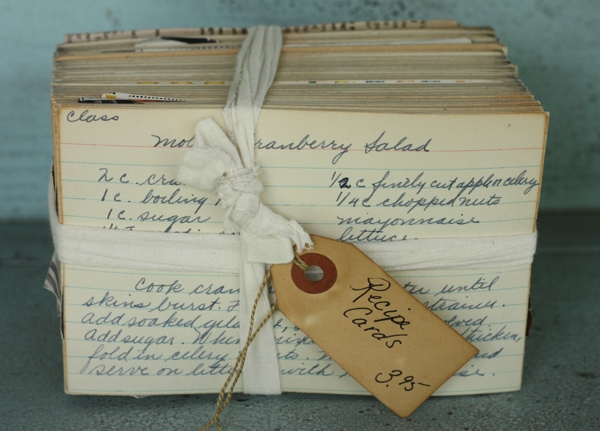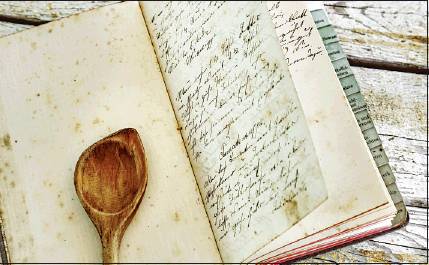Please scroll down .!
SOURCE: Getty
WHY YOU SHOULD CARE
Because this is how to die in the digital era.
THANK YOU
FOR SIGNING UP TO OZY
For someone so young and sprightly, 24-year-old William Jack Murphy spends an inordinate amount of time thinking about his demise. Based on the stats, he figures colon cancer or a heart attack could get him in the end, and his last breath will probably be mid-sentence during a conversation about cyborgs. But mostly he’s focused on the radical ways he’ll evade the Grim Reaper’s unwelcome scythe altogether. Yes, there is an app for that, one that will preserve his online data — texts, timelines, tweets and all — before it crumbles into digital dust.
To the clunky urns and graveyard grievings of yesteryear, RIP. A growing number of artificial-intelligence startups are stirring up the business of eternal rest with a techno-futurist mission in mind. Humai will pour your speech patterns, mannerisms and worldviews into an app so your loved ones can still text with you when you’re six feet under. A startup called eterni.me will bequeath a computer-based avatar to your friends and family, so they can posthumously Skype with you. And if that’s not enough, you can commemorate yourself with ETER9, an AI-infused social network that will generate posts on your behalf and interact with other netizens long after you’ve kicked the bucket.
Posthumous hacks could be even more devastating to the living than grave digging
Forging a digital afterlife isn’t about living in your body forever, says Humai CEO Josh Bocanegra. It’s about moving on without it — complete with a digital resurrection that will bring your essence back to life even as your flesh rots away. That’s far more meaningful to the survivors than just photos, says Bocanegra. As for Murphy, a self-dubbed “techno-philosopher,” he’ll have a sophisticated algorithm that will reconstruct his personality by scanning his texts, emails, pictures, profiles, feeds and the rest of his digital footprint. He intends his post-death self to opine over politics with his dad and snap crude jokes with his brother, just as he does now, and to give advice to his future kin, much like a modern-day Ouija board. Murphy’s dying words won’t be his last. For now, he says, “We are living in exponential times.”
Indeed, experts predict the artificial-intelligence industry will grow from $202.5 million to $11.1 billion by 2024, and it’s perhaps not surprising that it’ll revamp our afterlife trajectories too — and possibly make the ancient industry of death turn in its grave. But it will, of course, take a while. Most of these startups are busy with beta testing and are slated to be released to the public in the next few years. Together, they’ve already registered tens of thousands of people eager to memorialize themselves and cheat death, so to speak, once the technology is out. ETER9 is free to join, but eterni.me’s post-death avatars range from a small monthly subscription fee until the day you depart to thousands of dollars up front in order to build a digital dossier of your life. Even then, it’s much too early to pin down the price tag of immortality, Bocanegra says.
Doubts linger over the feasibility of such a larger-than-life endeavor. There are obvious questions about how realistic these replicas could ever be; our online personae usually reflect just a glimmer of our multifaceted selves. And yes, the prospect gives plenty of people, from ardent transhumanists to modern-day philosophers, the creeps. This is not the way to commune with the dead, argues Shelly Kagan, a philosophy professor at Yale University. For one, you’re not really chitchatting with sweet ol’ Grandma Perkins, since on a “metaphysical level” it’s more like a substandard Xerox copy of her. Death can be pushed but never denied, and “no technology is going to fix that.” Others argue that creating replicas of loved ones will just postpone grief and closure.
Other concerns are less, well, otherworldly. Security is one of them. An untimely breach could “echo through eternity” and result in the alteration of someone’s legacy, says ETER9 founder Henrique Jorge. Indeed, posthumous hacks could be even more devastating to the living than grave digging or body snatching. There are risks for the living too: Storing such intimate personal data in one place makes services like these attractive targets for identity thieves hoping to score big.
But these companies say they’re ensuring that their systems are hack-proof, privately storing and securely encrypting each user’s data, Jorge says. In addition, the information cannot be downloaded in bulk by anyone — even users can access only limited interfaces. For people like Murphy, the apps make consummate sense. As he points out, he would have treasured more time with his mother, who died from colon cancer two years ago. Murphy says an artificially intelligent version of her would have undoubtedly helped alleviate the sorrow his family endured.
His biggest takeaway from her death? “I’m not ready to die any time soon.” Murphy wants his legacy to rage, rage against the dying of the light, even if just through the faint gleam of a computer screen.







